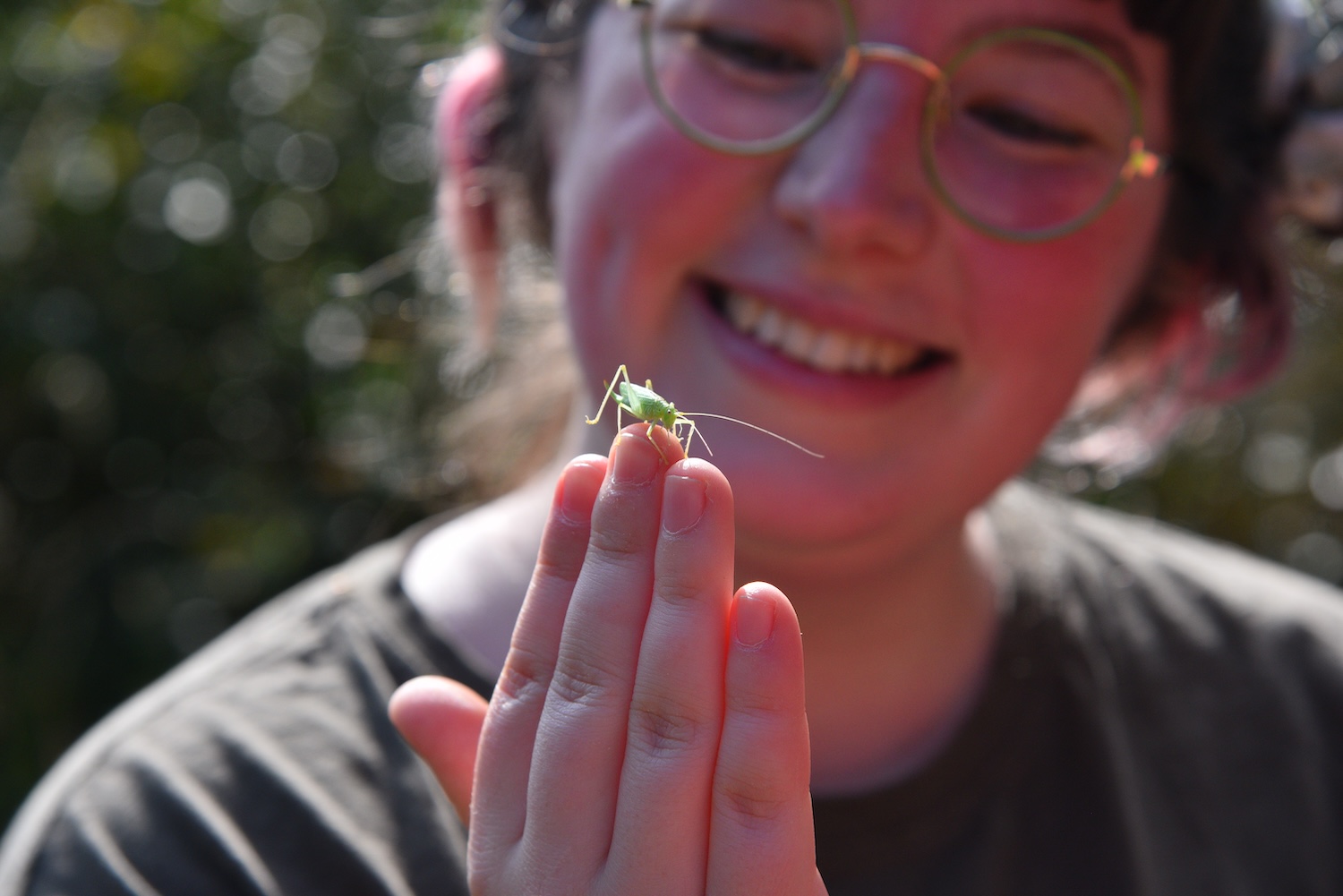A common problem
Dental disease is one of the most common problems we see in veterinary practice. It’s thought that as many as 80% of pets will suffer from it in some form before the age of five.
Symptoms in cats can include bad breath, drooling, visible tartar or discoloured teeth, red and inflamed gums, lesions on the tooth or gums and wobbly teeth. However, as cats are adept at hiding pain, disease can be advanced before signs show and many cats suffer silently.
Dental disease begins with a build-up of plaque, a film of bacteria that develops on the tooth surface. At this stage plaque can be removed by mechanical means, such as tooth brushing or special dental diets that help scrub the bacterial film away. Brushing a cat’s teeth can be tricky, but with gradual desensitisation many cats will become used to it. There are tasty meat flavoured toothpastes to help the process (human toothpaste should not be used).
If not removed, over time the plaque hardens into tartar, a hard yellow or brown substance. Plaque and tartar are full of harmful bacteria that cause gum disease and recession of the gums. When enough of the attachment holding the tooth in place is affected, the tooth is lost. The teeth and gums also act as pockets of infection; in severe cases the bacteria can spread throughout the body and cause issues with other organs like the heart or kidneys.
Regular checking
The best prevention against dental problems is to have your cat’s teeth checked regularly. Your vet and veterinary nurse will do this as part of an annual health check-up, senior pet check-up or booster vaccination appointment.

If disease is present, a dental procedure may be advised. Often, we can only assess the true extent of the problems when a pet is under anaesthetic. This allows us to take x-rays to look at the tooth roots – 60% of the tooth’s surface and possible damage is hidden under the gum line – and thoroughly examine the gums for areas of recession and painful lesions. Damaged teeth are removed and the rest scaled and polished clean again. Don’t worry if teeth need to be removed as cats do remarkably well with few or even no teeth, and with the source of pain and infection removed they will be left healthy and happy.
Dr Alexia Wilson BVetMed MRCVS
Severn Edge Bridgnorth Small Animal Hospital






